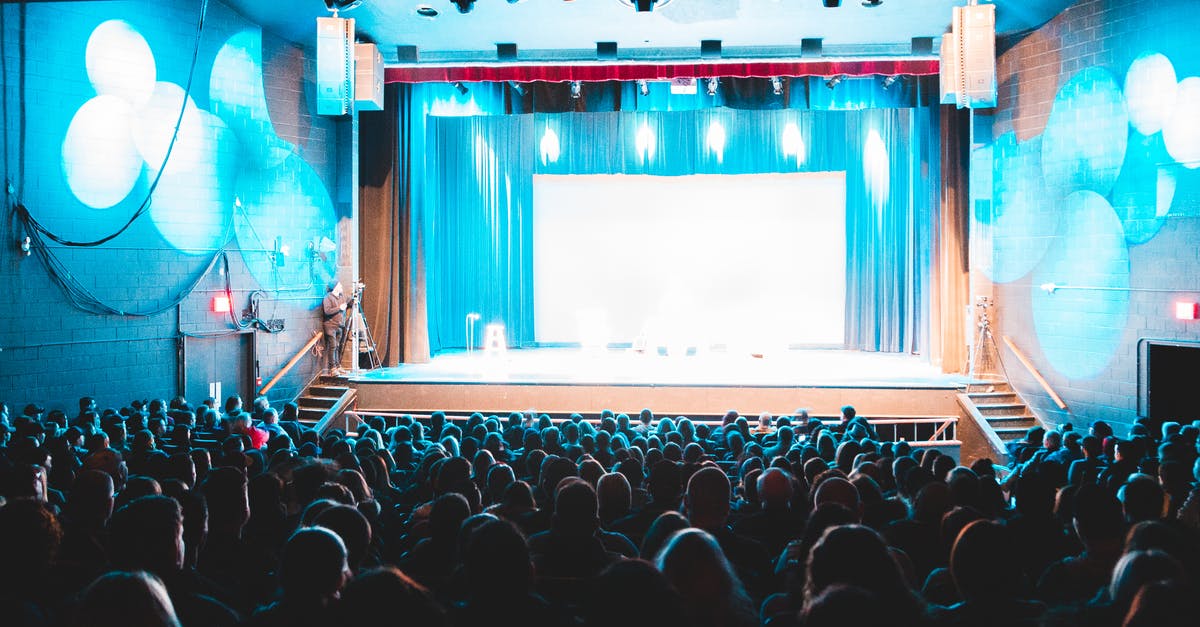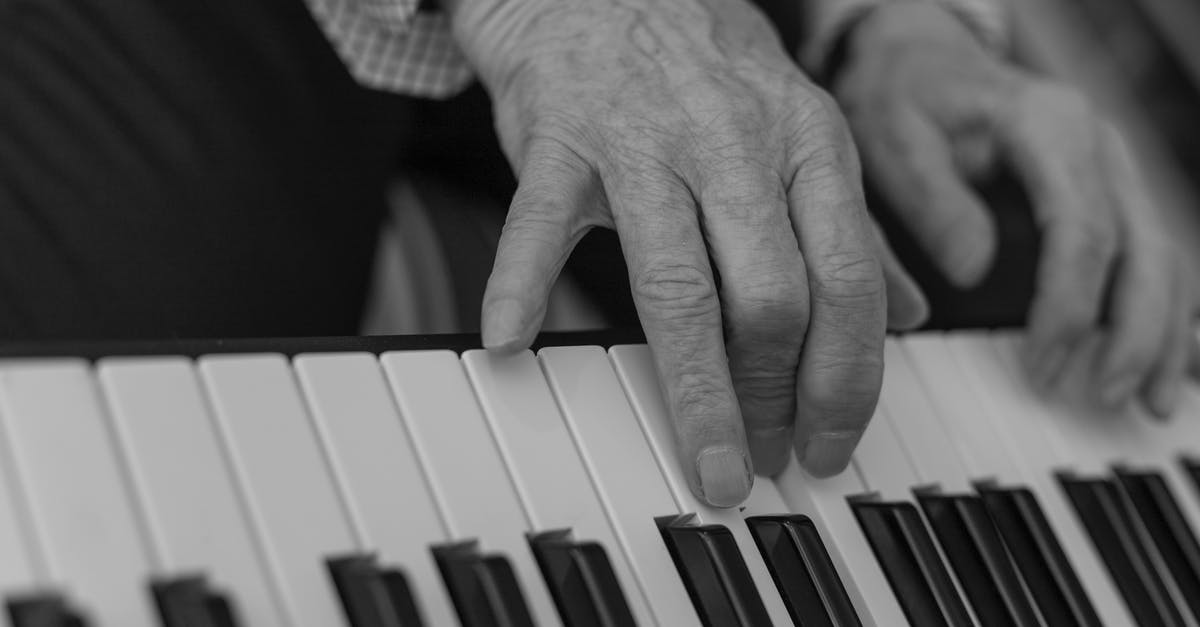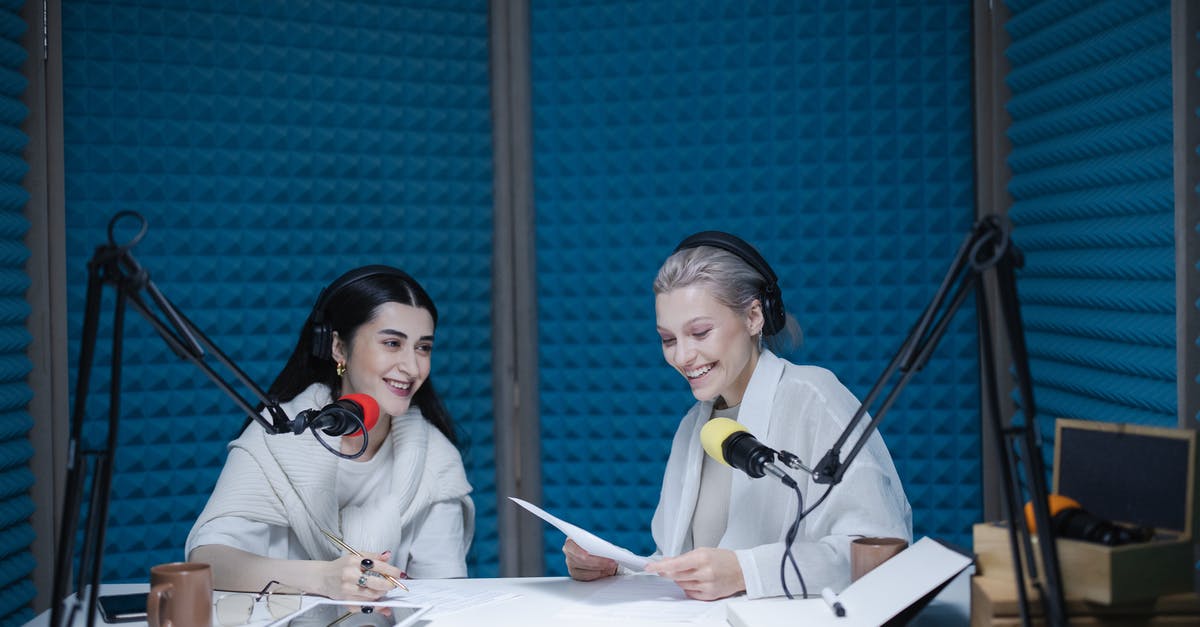Why the discrepancy between the sound levels of dialogue and music in older movies?

I've been watching a lot of older films lately (older, in this instance reads "circa 80's and 70's" and mainly in the Sci-Fi and action genres), and have been asking myself the same thing as I watch each one.
Note: I'm watching these on DVD or Blu-Ray, they're not rips or VHS tapes if that makes any difference.
I've noticed that a lot of these films have their soundtrack's mixed in a very particular way. I've noticed that the musical queues and sound effects seem to be mixed at a higher volume than the dialogue. I the versions of the films that I have and watch, at least.
As an example, I've recently watched the UK version of the Blu-Ray release of Aliens, and I found that I had to turn my sound system up quite high to hear the dialogue, but turn it back down again during the action sequences (or scenes with lots of sound effects or musical queues) as I have room-mates and don't wish to disturb them just so that I can hear the dialogue.
I'm convinced that it's not my sound system, as a lot of the films from the same era seem to be mixed the same way. Also, playing them back through my PC, I notice the same thing.
Is this related to a stylistic decision made by the director/sound engineer? A technical limitation of the technology of the time? Is it related to potential problems with converting the (I'm guessing) analogue soundtrack to a digital format and compressing it?
I know (from a very limited knowledge of how it works) that Dolby is an encoding format aimed at reducing hiss, and that one of the ways it can achieve this is by lowering the overall volume of the soundtrack to a point where hiss isn't as easily detectable. So, I'm guessing that this might just be a by-product of that encoding process.
Any ideas or suggestions?
Best Answer
It's not a by-product of the Dolby encoding process, although Dolby does allow greater dynamic range.
Sound engineers employ a technique called "dynamic range compression" to reduce the difference between the loudest and softest sounds in a recording. Use of compression is much more pronounced and widespread today than it was in the past, which explains your observations about sound level.
Because many viewers are "casual" viewers (in the sense that they're not necessarily looking for the full-blown cinematic experience, but merely something to watch on a Saturday afternoon), modern sound engineers favor a more highly-compressed sound mix that reduces the overall change in sound levels, so that you can still hear the dialog amidst the explosions. This explains why Blu-Ray discs (which presumably cater to an audience looking for the cinematic experience) tend to have less compression than other forms of video media, such as ordinary cable television.
Applying heavy compression to audio tracks on a DVD or Blu-Ray is a flawed technique: it's much easier to apply compression after the fact (i.e. in your receiver electronics) than it is to attempt to recover the dynamics that are lost due to heavy compression.
Further Reading
The many different mixes of Star Wars: A New Hope
Pictures about "Why the discrepancy between the sound levels of dialogue and music in older movies?"



Why does the audio in old movies sound different?
Method acting and other more natural styles distanced themselves even further from this put-on accent, and strived for more authenticity in the performance, which meant accents that sounded more like real people, and more appropriate for their characters.Why is music in movies louder than dialogue?
DVD movie discs are mastered with theater-level volume in mind. When you play them at a volume so that the dialogue is easy to understand, the sound effects and music will be very loud in relation to the voices.Why is dialogue audio so quiet in movies?
I've run into this same issue when trying to watch movies at night: Turn the volume down so explosions are quiet, and dialogue is impossible to hear in some cases. This is because films are created with a reference level for most sounds, but allow for dynamic swings of up to 20 decibels louder.Why is music so much louder than dialogue on tv?
\u201cOccasionally, we have found that viewers who experience an overly loud background music playback sometimes have a stereo television and that the 'front surround' feature is activated. This would move the rear surround, usually music and sound effects, information to the main speakers.How Dialog Should Sound! (Basic Film Audio Design)
More answers regarding why the discrepancy between the sound levels of dialogue and music in older movies?
Answer 2
The property of audio that allows them to do this is called dynamic range. When mixing the audio for movies, the sound engineer is choosing to minimize the dialogue and maximize the other audio for some effect.
You have several options to deal with this. The first is to check your audio receiver's manual. Look for a 'night mode' and enable it when you want the dynamic range compressed (increases the volume of dialogue and decreases the volume of the loud parts). Another option is to make adjustments in your audio receiver. If you turn up the center channel (where dialogue is traditionally), then turn down the overall volume, that will balance out the difference.
Understand that this was put in place on purpose as part of the job of crafting the movie. Just as, for example, horror movies will use darkness to make scenes more imposing, the audio is designed to have these variations in volume between elements.
Sources: Stack Exchange - This article follows the attribution requirements of Stack Exchange and is licensed under CC BY-SA 3.0.
Images: Erik Mclean, cottonbro, Wellness Gallery Catalyst Foundation, cottonbro
